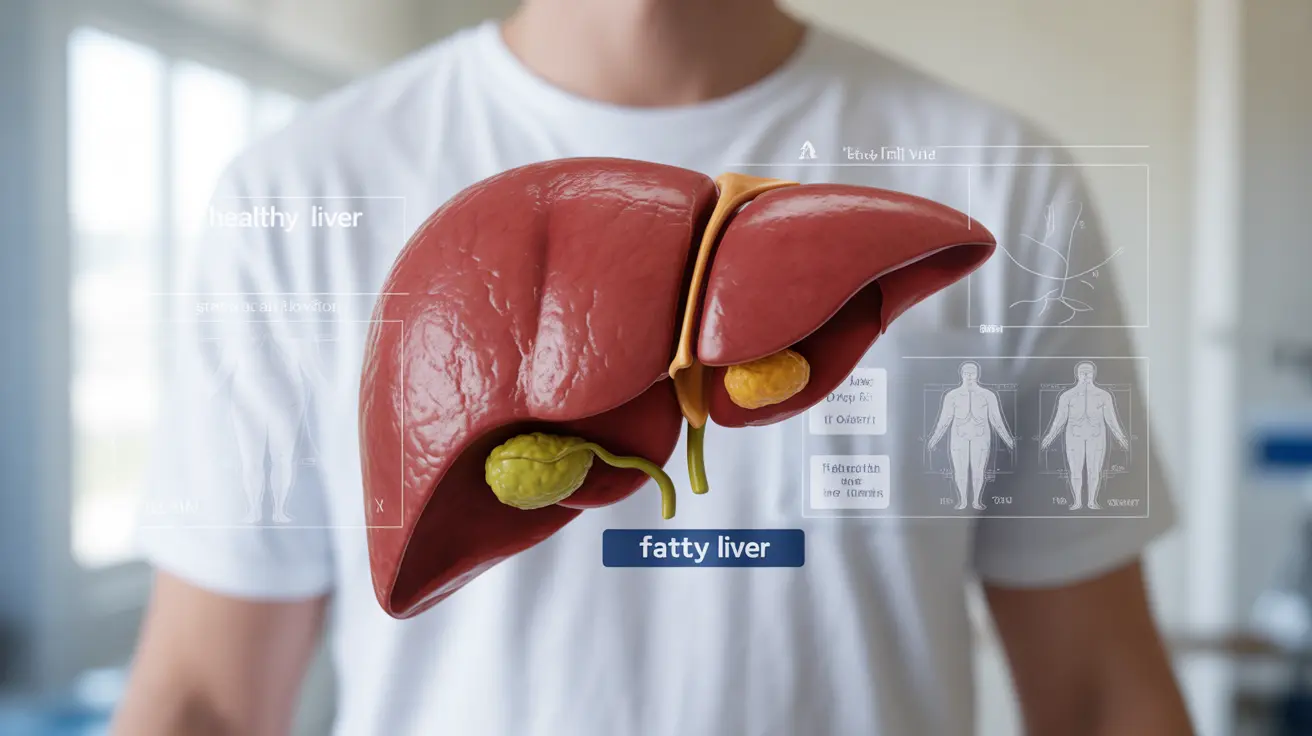Fatty liver disease is a significant health concern affecting millions of people worldwide. This condition occurs when excess fat accumulates in the liver cells, potentially leading to inflammation and liver damage if left untreated. Understanding its symptoms, causes, and treatment options is crucial for maintaining liver health and preventing serious complications.
Whether caused by alcohol consumption (alcoholic fatty liver disease) or other factors (nonalcoholic fatty liver disease), early detection and proper management can help prevent progression and, in many cases, reverse the condition.
Understanding Fatty Liver Disease and Its Types
Fatty liver disease primarily occurs in two main forms: alcoholic fatty liver disease (AFLD) and nonalcoholic fatty liver disease (NAFLD). Both conditions share similar characteristics but differ in their underlying causes and treatment approaches. Understanding these distinctions is crucial for proper management and prevention.
Alcoholic Fatty Liver Disease (AFLD)
AFLD develops from excessive alcohol consumption, which overwhelms the liver's ability to break down and remove fat. This form of fatty liver can often improve with complete alcohol cessation and lifestyle modifications.
Nonalcoholic Fatty Liver Disease (NAFLD)
NAFLD occurs in people who drink little to no alcohol and is often associated with obesity, diabetes, and metabolic syndrome. It ranges from simple fatty liver to more severe forms like nonalcoholic steatohepatitis (NASH).
Signs and Symptoms to Watch For
Early-stage fatty liver disease often presents no obvious symptoms, making regular health check-ups important. However, as the condition progresses, people may experience:
- Fatigue and weakness
- Discomfort or pain in the upper right abdomen
- Loss of appetite
- Nausea
- Yellow skin or eyes (jaundice) in advanced cases
- Swelling in the abdomen or legs
Risk Factors and Prevention
Several factors can increase your risk of developing fatty liver disease:
- Obesity or being overweight
- Type 2 diabetes
- High blood pressure
- High cholesterol levels
- Metabolic syndrome
- Poor diet high in processed foods and sugars
- Sedentary lifestyle
Diagnosis and Monitoring
Healthcare providers typically use a combination of methods to diagnose fatty liver disease:
- Blood tests to check liver function
- Imaging tests (ultrasound, CT scan, or MRI)
- FibroScan to assess liver stiffness
- Liver biopsy in some cases
Treatment Options and Lifestyle Changes
The primary treatment for fatty liver disease focuses on lifestyle modifications and addressing underlying conditions. Key strategies include:
- Gradual weight loss through healthy diet and exercise
- Eliminating or reducing alcohol consumption
- Managing diabetes and other metabolic conditions
- Regular physical activity
- Following a Mediterranean-style diet
- Avoiding processed foods and excess sugar
Frequently Asked Questions
What are the common symptoms and stages of fatty liver disease?
Fatty liver disease progresses through several stages, from simple fatty liver to inflammation, fibrosis, and potentially cirrhosis. Early stages often have no symptoms, while advanced stages may show fatigue, abdominal pain, and jaundice. Regular monitoring is essential for tracking disease progression.
How is nonalcoholic fatty liver disease (NAFLD) diagnosed and monitored?
NAFLD diagnosis typically involves blood tests, imaging studies like ultrasound or MRI, and sometimes liver biopsy. Regular monitoring through these methods helps track disease progression and treatment effectiveness.
What lifestyle changes can help treat or reverse fatty liver disease?
Key lifestyle changes include gradual weight loss, regular exercise, following a Mediterranean-style diet, limiting processed foods and sugars, and avoiding alcohol. These changes can help reduce liver fat and improve liver function.
What are the main causes and risk factors for developing fatty liver?
Main risk factors include obesity, diabetes, metabolic syndrome, high cholesterol, excessive alcohol consumption, and poor diet. Genetic factors and certain medications can also contribute to fatty liver development.
Can weight loss surgery or medications help with fatty liver disease treatment?
Weight loss surgery can be effective for severe obesity-related fatty liver disease. While no medications are specifically approved for fatty liver treatment, certain medications may be prescribed to manage related conditions like diabetes or high cholesterol.




